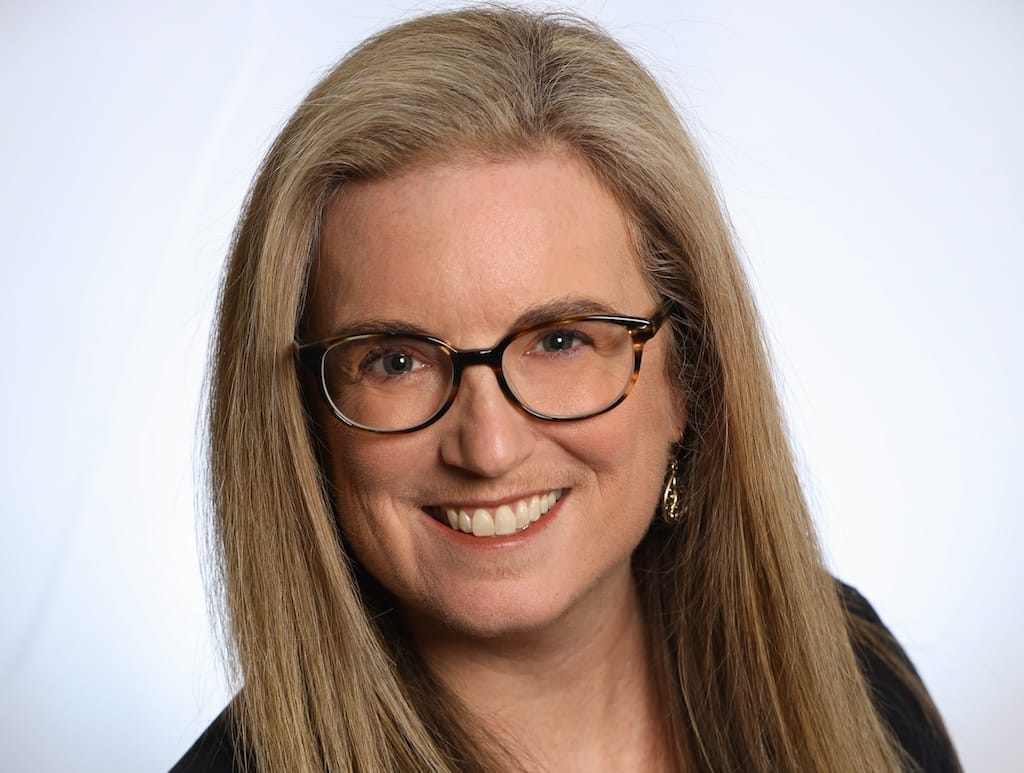To BEAD or Not to BEAD? For Rural Providers, the Time to Decide is Now
Are you prepared to watch a competitor bring fiber optic infrastructure into your service area?
Lori Adams

In talking with trade associations, providers and others in the industry, there is a lot of chatter about rural providers being undecided on the Broadband Equity, Access, and Deployment program. This is either strategic conjecture or rural providers really are “on the fence” as to whether they will participate in the largest and likely the last significant government funded program for broadband infrastructure in our lifetime.
The problem is that we are on the eve of BEAD, with multiple states prequalifying applicants and two states (Louisiana and Nevada) authorized to move forward with BEAD implementation and open grant windows in the next few months. Thus, the time is now for rural providers to make a decision and start preparing.
For anyone on the fence, it’s important to understand that those that have decided to participate are working diligently on their applications, including competitors. They are working hard now to make sure they put their best foot forward and have enough time to develop a competitive and cost-effective submission.
The purpose and mandate of BEAD is to first reach every single unserved location (under 25/3) and then to reach as many underserved locations (under 100/20) and anchor institutions as possible in a state.
Whether BEAD achieves this goal remains to be seen. However, this mandate means that if there are unserved and underserved locations in your territory, it is very likely that someone is going to build there if it is not you.
Are you prepared to sit back and watch a competitor bring fiber optic infrastructure into your service area? Think about that for a moment.
Before answering that question, let’s walk through the top four commonly heard complaints about BEAD.
Common complaints about BEAD
The first is that the states have already made up their mind who they want to partner with for BEAD. To put it bluntly, this is completely false.
The money is not predetermined to go to a single carrier or group of providers. This will be a competitive process in every state. Scoring will determine which applicants are successful. The higher an applicant scores, the more likely it is an applicant will win. How a state defines the project areas to be “bid on” for BEAD may favor certain types of providers, but nothing is pre-determined. In fact, states are actively looking for rural providers to engage and participate in the process.
The next complaint is centered on the BEAD rules. Often we hear – “well, it depends on what the rules are in the states.” At this juncture, most of the rules are determined and there is more than enough information available to help inform decisions.
For example, The National Telecommunications and Information Administration first released their Notice of Funding Opportunity in May of 2022, and nearly 90% of the program rules are the same in every state.
Additionally, every state has released its Initial Proposal Volume 2, outlining the specific program rules for that state. Almost all the states are now moving into the mapping challenge processes. This means that almost all the critical details are available to help providers start preparing an application now.
Others believe that BEAD is too complex, and it is too early to think about it. Yes, BEAD is complex. It is arguably the most complicated broadband funding program we have ever seen. But it’s complex for everyone, and the longer an applicant waits to prepare, the more complex it will become.
In most cases, providers will need at least three to four months to prepare an application. For example, it’s a requirement in every state that a professional engineer (PE) stamps the network designs, budgets and other documentation that must be submitted as part of a BEAD application.
Finding and contracting with a PE takes time, as does the preparation of the necessary the documentation. Once a grant window opens, it will most likely be too late to find a PE and have this work completed.
There is also the belief that BEAD costs too much and that matching funds are too high. Yes, there is a minimum match requirement of 25%, and an applicant may very well need to put in more money to be competitive. However, other federal grant and loan programs including those through USDA’s Rural Utilities Service range from a 50% to 100% subsidy.
State and federal programs such as the Capital Projects Fund (CPF) programs contain a 20-50% matching requirement, and we are hearing from states that these programs are up to five times oversubscribed, with matching funds exceeding 50% in some cases.
For BEAD, states will consider waiving the match for the highest cost area, and private equity is clamoring at the bit to assist with financing. While cost is a factor, someone will figure out how to make this work.
The final excuse repeated is that other funding programs are preferred. Well, if the mandate of BEAD to reach every single unserved and underserved location is achieved, those future funding programs may very well disappear. As it is, ReConnect through USDA is funding a fraction of the money that is available for BEAD. Further, it’s a risk to hedge your bet that there will be future unserved locations in your service area qualified to be funded through these other programs.
The reality is that money is on the table now
The reality here is that $42 billion is a massive amount of money.
At the end of the day, it’s likely that a large percentage of rural providers who are currently “on the fence” regarding BEAD will decide to jump into the pool. However, the chances of pulling together a competitive BEAD application reduce every day a rural provider puts off making that decision.
It’s crucial to start developing strategies for reducing costs, achieving scale, and mitigating risk for BEAD now. If rural providers don’t take action, someone else will.
Lori Adams currently serves as the vice president of broadband policy and funding strategy for Nokia, and is a key member of the Nokia Government Affairs Americas Team. In her role, Adams is responsible developing strategies and tools to enable increased company participation in state, federal, and international programs supporting infrastructure deployment by Nokia’s business organizations. Adams is a highly skilled telecommunications attorney and senior executive with more than twenty years’ experience and a successful track record in the government and private sector. This piece is exclusive to Broadband Breakfast.
Broadband Breakfast accepts commentary from informed observers of the broadband scene. Please send pieces to commentary@breakfast.media. The views expressed in Expert Opinion pieces do not necessarily reflect the views of Broadband Breakfast and Breakfast Media LLC.









Member discussion